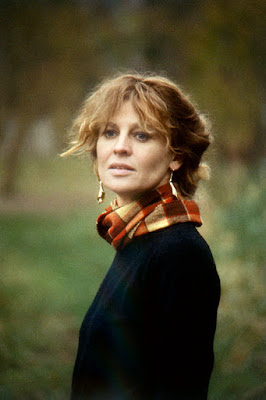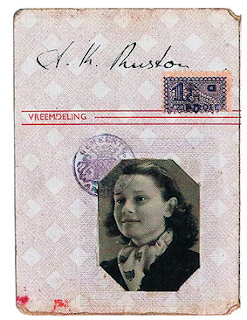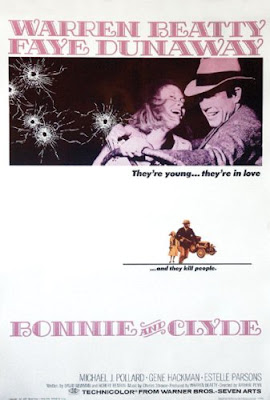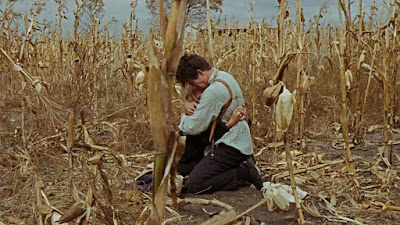I still remember how fascinated I was by the film,
A Streetcar Named Desire, when I first saw it. I was in high school and we had been studying the play in literature.
There on the schools television flickered to life this intense, grown-up (well for a teenager!), and complicated story. There was Marlon Brando's intense masculinity and sexuality, the atmospheric, moody music and cinematography and the ethereal, tormented, flighty, mysterious Blanche DuBois-Vivien Leigh.
I confess I have only seen a handful of Vivien's films, though I have watched
Gone With the Wind many times, but I have always been fascinated by her, and her life. And I have long wanted to read this book having followed Kendra Bean for some time on Instagram, and having enjoyed reading her blog dedicated to Vivien and Larry.
Vivien took great care to play roles that appealed to her and that she thought would show off her talents. That she played the two most famous literary Southern Belles with such skill is an amazing feat for an English actress. Watching
Gone With the Wind and
Streetcar it is so easy to forget that she wasn't American!
I found it fascinating how Vivien played so many strong, yet ultimately tragic women-Scarlett O'Hara, Cleopatra, Emma Hamilton, Anna Karenina and Blanche DuBois. In many ways each of these characters reflected something of herself-she was both an incredibly strong, passionate, dedicated woman, but she also experienced great sadness and immense loss.
The other major part of Vivien's life and this book, is her relationship with Laurence Olivier. Their relationship was passionate and tempestuous, both were strong-willed and extremely dedicated to their work.
I was surprised to learn that for a long time Vivien was regarded as a lesser actor to Olivier, and many thought she was only on the stage because of him. Their's is a tragic story, they both loved each other dearly, but ultimately were unable to be together. As Vivien reflected,
"There are only two things in my life which I am absolutely certain I would do over. The first is that I should become an actress-the second, that I should marry Laurence Olivier." p. 169
The book also deals with Vivien's struggles with mental illness, she suffered from bipolar disorder. Having experienced my own battles with mental illness I was inspired by Vivien's story. Though her illness caused her immense unhappiness and problems she remained a consummate professional and a kind hearted, generous friend. Despite what she suffered she did not let it stop her work or her dreams.
 |
| New York, 1963 |
This is a beautiful book and a beautiful tribute to a fascinating, talented woman who left an undeniable mark on cinema history. I feel I learned so much about Vivien, and I look forward to watching more of her films.
"I was not cast in the mold of serenity and in any case, although you may succeed in being kind at twenty you cannot be calm, with all your life still before you, and your ambitions unfulfilled"
-Vivien, p. 24
"Actual beauty-beauty of feature is not what matters, it's beauty of spirit and beauty of imagination and beauty of mind. I tried in Streetcar to let people see what Blanche was like when she was in love with her young husband when she was seventeen or eighteen. That was awfully important, because...you should have been able to see what she was like, and how this gradually had happened to her...you have to evoke this whole creature when she was young and when she was tender and trusting, as opposed to what she had become-cynical and hard, mad, and distressed and distraught."
-Vivien, p. 137
"I have always tried to tackle things that I thought were beyond me"
-Vivien, p. 149
"I don't think life can be considered in terms of depression and elation. I just don't understand people who say they plan their careers...Planning means that the chance opportunity, the unexpected challenge, cannot be seized. And these are the things that make life exciting."
-Vivien, p. 237
















































